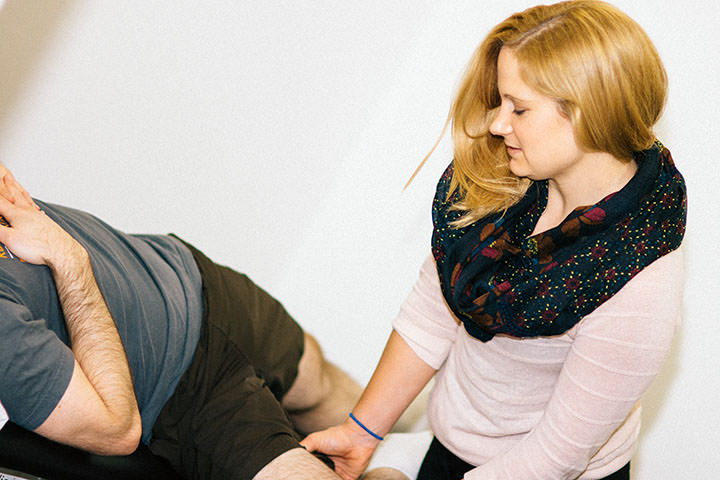Does a physical therapy clinic emphasize cutting edge diagnostics and treatments? We all want the best diagnostics and treatment, and what is "best" can often be obscured by glitz, glamor and the idea of "new". To find the cutting edge, sometimes you have to go a bit deeper than the newest thing. You have to get back to basics.
One thing that makes physical therapists special is our ability to diagnose. Administering treatment is something that clients can often do on their own, but diagnosing injury so that the right treatments can be administered in the right way is what separates physical therapists from other disciplines. It follows that performing diagnostics [and treatments] at a cutting edge level is important to most physical therapists. The effectiveness of therapy is dependent on the support provided by a physical therapy clinic.
To understand what support a physical therapy clinic provides for cutting edge diagnostics and treatment, you might ask:
- What diagnostic protocols are practiced in a clinic?
- How often are journal articles discussed amongst staff and is support and mentorship provided for selecting and understanding journal articles?
- What equipment does the clinic use and is that equipment evidence based or accessible to clients outside the clinic environment?

Diagnostics and treatments at Rose Physical Therapy are founded on our continuing education programs, which are peer reviewed and include both cutting edge diagnostics and treatments components:
- At Rose we maintain certifications by organizations like McKenzie, MDT, Active Release Techniques (ART), Trigger Point Dry Needling through Myopain Seminars, Graston, and other organizations. These organizations are continually updating diagnostic criteria and techniques to stay on the cutting edge of diagnosis and treatment. You can always search an organization’s website for information on current certifications.
- We examine and test our treatment protocols by inviting physicians, chiropractors, massage therapists, biofeedback experts, and others to our weekly meetings to discuss our protocols and test ourselves.
- We communicate with other health professionals directly to maintain open lines of communication, especially about challenging clients and especially where a multidisciplinary approach can be helpful.
Our monthly journal clubs and in service presentations foster discussion about hot research articles in physical therapy.
One caveat to keep in mind is that tools are not a great indicator of being cutting edge, particularly for diagnostics. It is rare that machines help us, as physical therapists, diagnose. So focusing on treatments as an example, low gravity treadmills are great for times when clients cannot apply weight to lower extremeties. Is a low gravity treadmill or pool necessary in an outpatient setting? Is tying a client to a specialized, very expensive piece of equipment doing them a disservice if other means of physiclal therapy or rehabilitation are available? And do you want to tie yourself to a machine or system for your treatments? These are questions you need to answer for yourself and be comfortable with becuase they can dictate your career path.
If you are interested in applying to work at Rose, you can view our Careers page.


